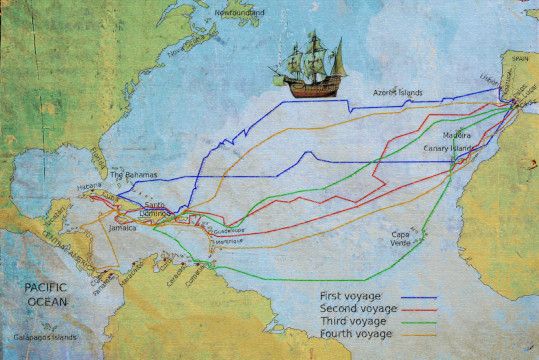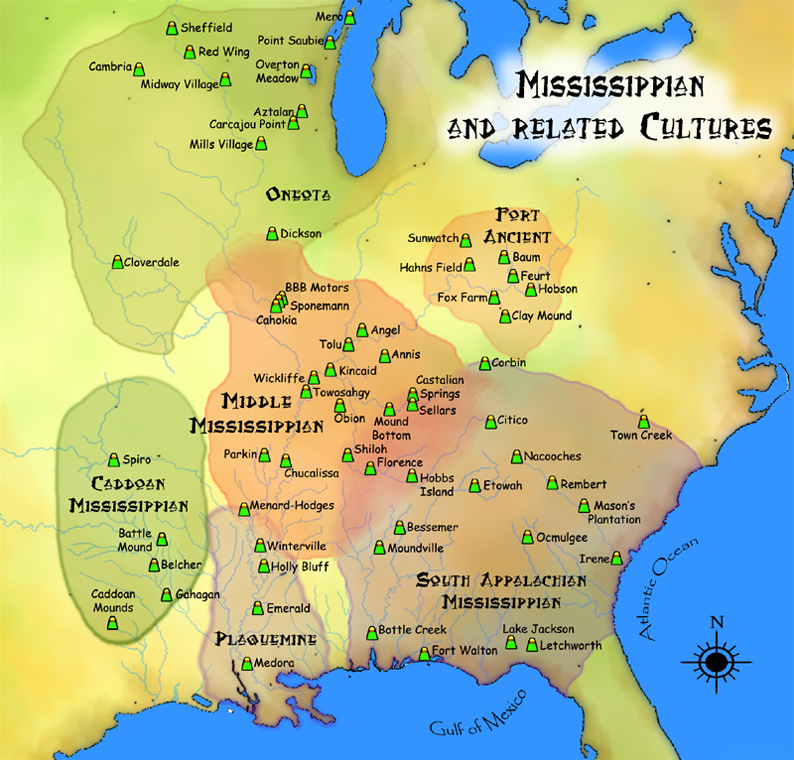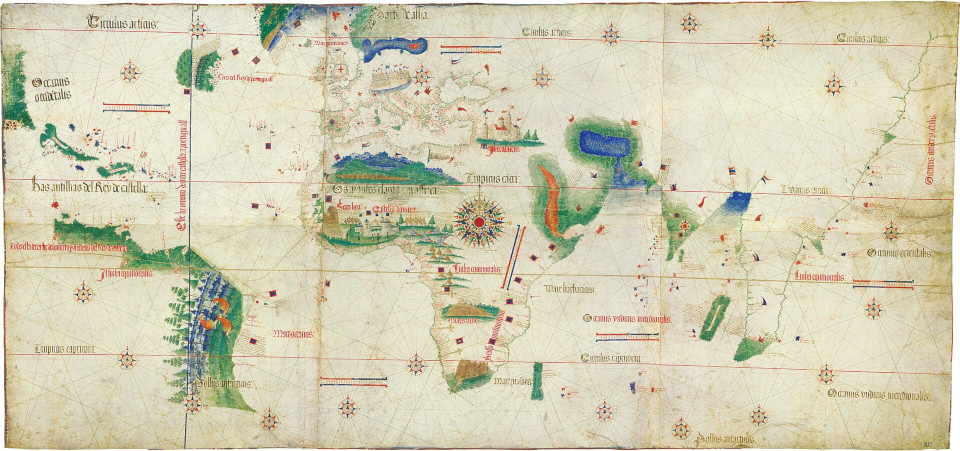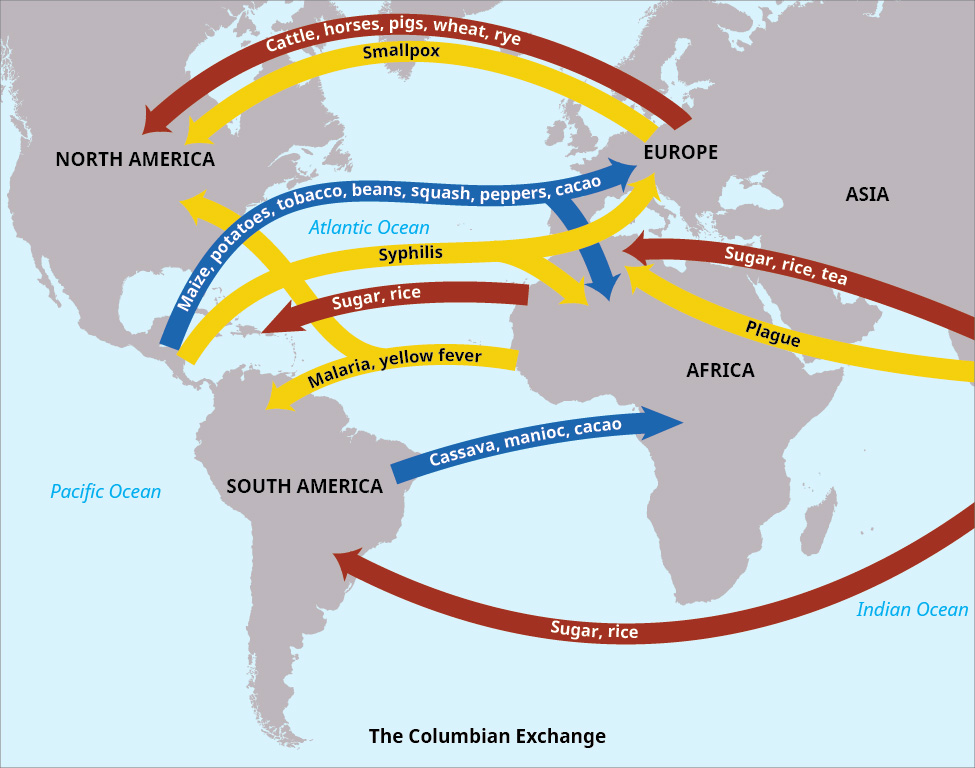
George Bancroft published his History of the United States from the Discovery of the American Continent to the Present in 1834, when the nation was barely more than a half- century old, a fledgling, just hatched. By beginning with Columbus, [map from The Wild Life of Columbus] Bancroft made the United States nearly three centuries older than it was, a many-feathered old bird. Bancroft wasn’t only a historian; he was also a politician: he served in the administrations of three U.S. presidents, including as secretary of war during the age of American expansion. He believed in manifest destiny




